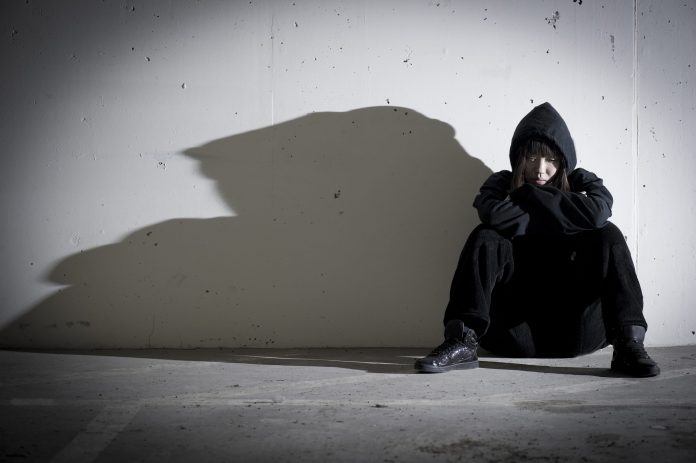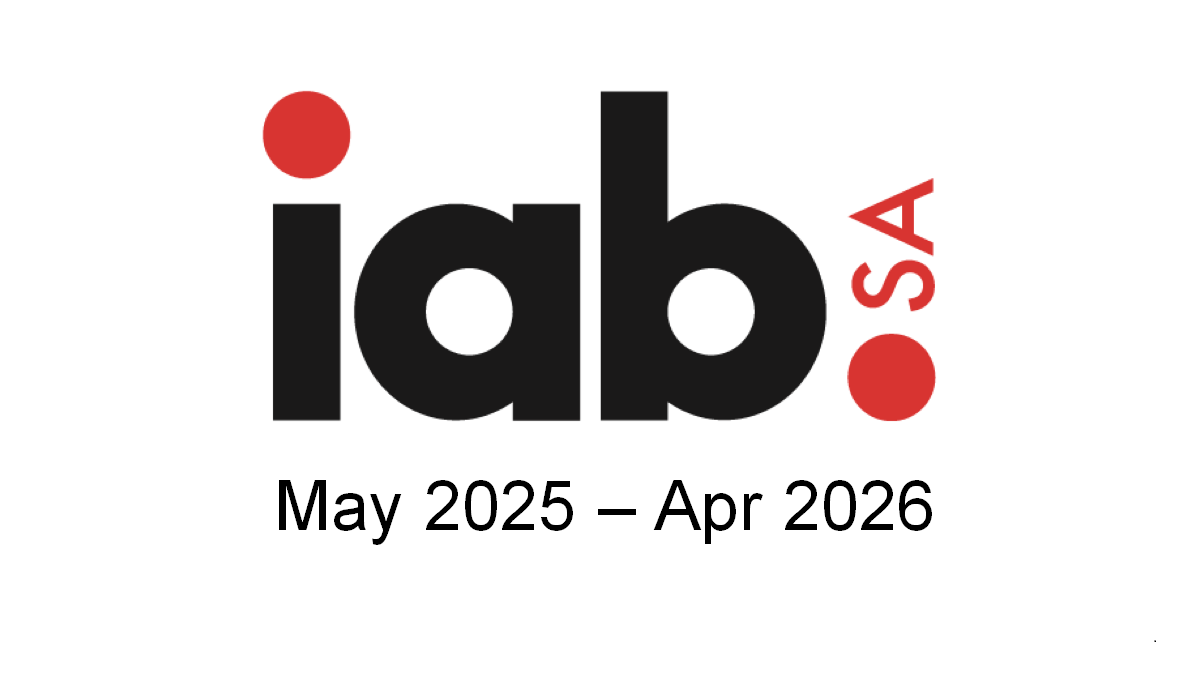Across South Africa’s playgrounds, WhatsApp groups, and school corridors, a silent crisis is tearing at the hearts of children.
Bullying, once dismissed as a childhood “phase”, has morphed into a devastating epidemic, leaving emotional scars that demand urgent action from schools, families, and the government.
Physical and emotional abuse
An estimated 40% of South African schoolchildren face bullying. Physical and emotional abuse are alarmingly common in schools. Even more chilling, one in three teenagers endures cyberbullying. This as platforms like Instagram, WhatsApp, and TikTok become tools for relentless harassment. These invade homes and haunts kids around the clock.
“We’re beyond bruises now,” said Dr Alicia Porter, a board member of the South African Society of Psychiatrists (SASOP).
“Children are anxious, depressed, even suicidal. Digital shaming can inflict lifelong psychological damage.”
The cruelty isn’t limited to schoolyards. Voice notes, group chat exclusions, and manipulated photos amplify humiliation. It leaves victims feeling utterly helpless. Many kids suffer in silence, only speaking up after enduring repeated trauma.
Wounds linger into adulthood
For many, the wounds linger into adulthood. They manifest as anxiety, post-traumatic stress disorder, trust issues, or relationship struggles.
“We see adults still carrying pain from childhood bullying,” Porter notes. “These aren’t just memories — they’re deep psychological injuries.”
Bullying affects all children differently. Boys often face physical aggression — fights, shoves, or hits. Girls are more likely to endure relational attacks like gossip, exclusion, or name-calling.
Yet, most kids face a mix of both. In South Africa’s diverse schools, bullying frequently targets race, ethnicity, or socioeconomic status. Poorer children, especially vulnerable in multi-ethnic settings are more vulnerable.
Bullies themselves are often victims, acting out trauma, neglect, or insecurity to gain control or social status. Group dynamics fuel the problem, with peer pressure turning cruelty into a spectacle.
Schools lack intervention tools
“One child leads, and others follow to fit in,” Porter explains.
“Schools often lack the tools to intervene, letting cruelty fester.”
Laws such as the South African Schools Act (1996) and PEPUDA (2000) mandate safe learning environments. But many schools, especially in rural areas, lack clear anti-bullying policies, trained staff, or accountability.
Urban schools may have better resources. But inconsistent enforcement and underreporting remain widespread.
“Some schools have anti-bullying programmes. But too many incidents are ignored or mishandled,” Porter says.
This isn’t just a school issue, it’s a mental health and human rights emergency. Schools must step up by promoting values-based education, emotional literacy, and awareness campaigns.
Holistic approach needed
They should investigate bullying transparently, protect victims with counselling. And they should rehabilitate perpetrators rather than just punishing them. Restorative justice and trauma-informed teacher training are critical to breaking the cycle.
On a national level, South Africa needs unified anti-bullying legislation to standardise policies across provinces. More funding for school-based mental health services is essential, alongside public campaigns to destigmatise seeking help. Collaboration between the Departments of Basic Education, Social Development, and Health could drive systemic change.
Entire generation scarred
“This crisis is hiding in plain sight,” Porter warns.
“Bullying’s emotional violence cuts as deep as any physical wound. Without urgent, compassionate action, we’re failing an entire generation.”
South Africa must confront this epidemic head-on, fostering safe schools and healthier futures for our kids.



